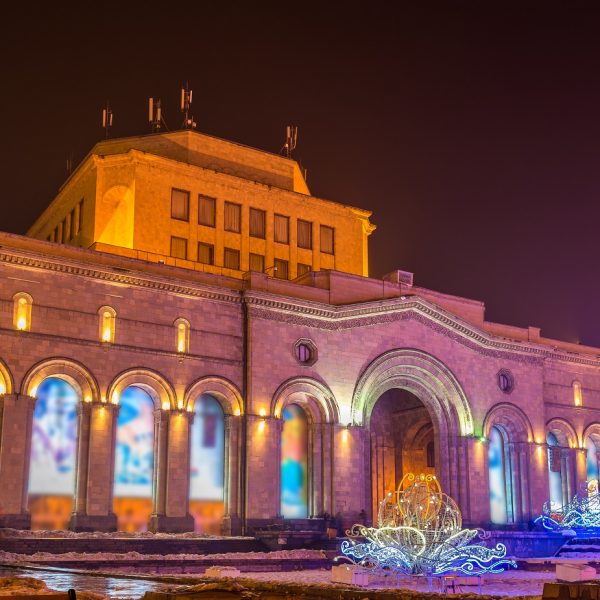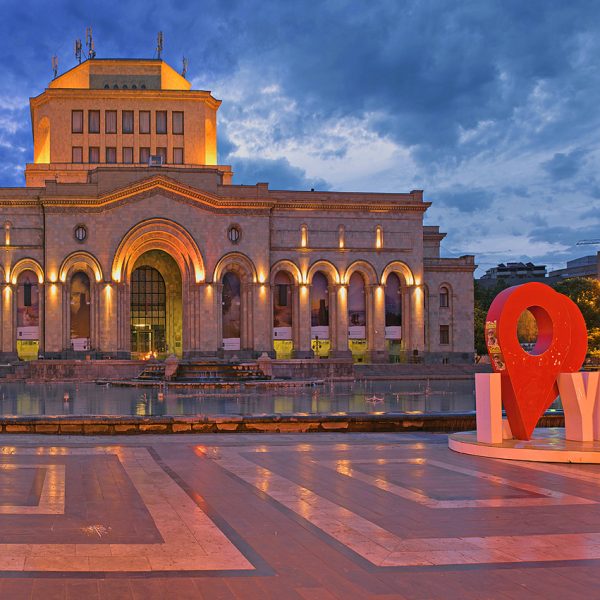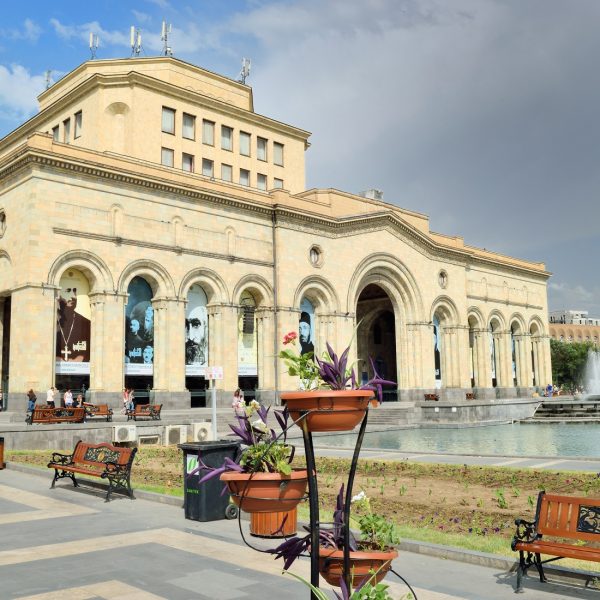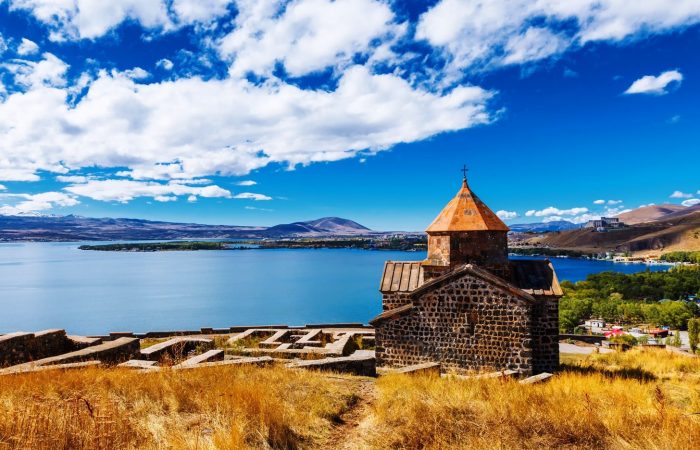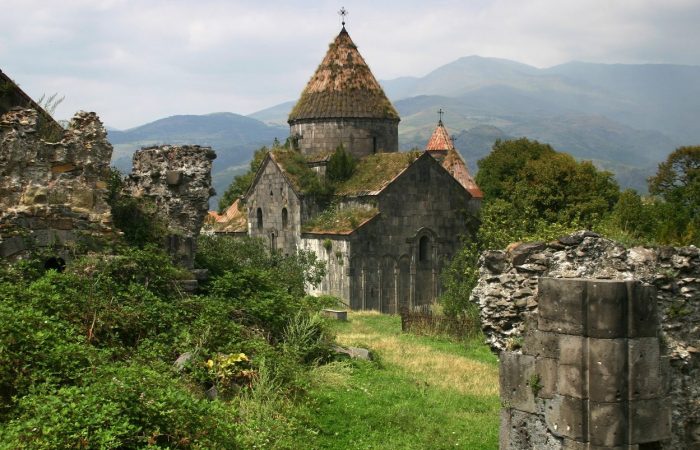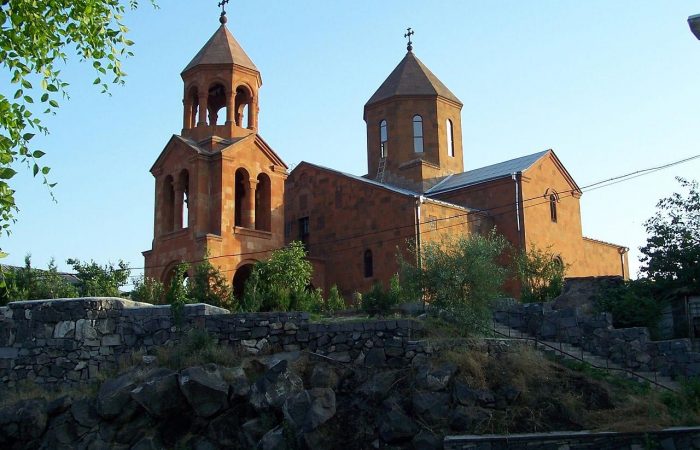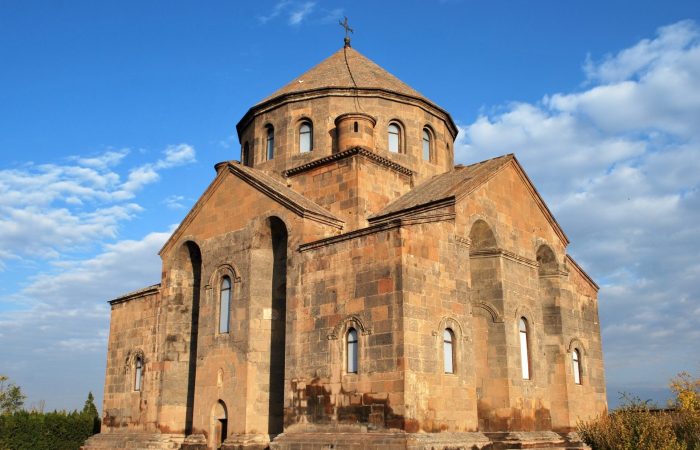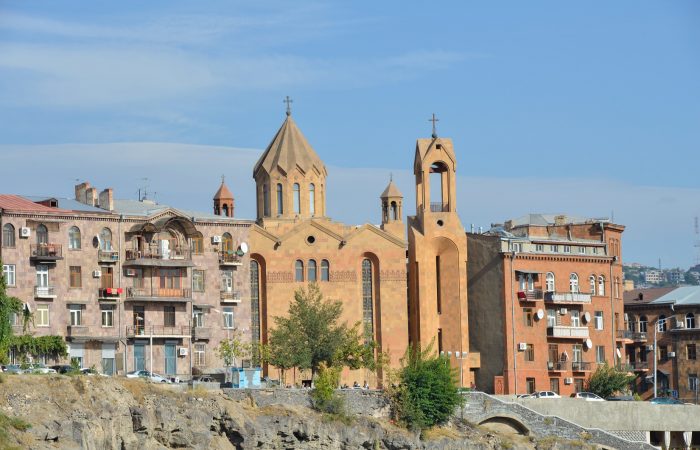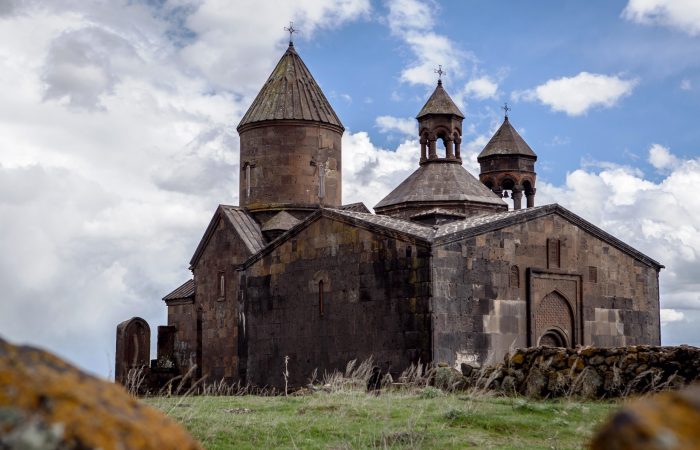The museum was initially formed relying of collections of the Armenian Ethnographical Association of the Caucasus, Nor Nakhidjevan Museum of Armenian Antiquities, Museum of Antiquities of Ani and Vagharshapat Repository of Ancient Manuscripts.
In 1935 a decision to establish two separate museums was made. The decision was due to the museum’s collection, and as a result the present day National Gallery of Armenia with 1660 objects and the present day Museum of Literature with 301 objects and 1298 manuscripts were formed. Years later in 1978 the State Museum of Ethnography featuring 1428 objects and 584 photographs came to existence.
The museum includes 400,000 objects presented in four departments.
- Archaeology
- Ethnography
- Numismatics
- Documents
The museum gives a thorough picture of the ancient times. In line with that, Armenia’s culture from pre-historic times up to the present days is introduced. The museum’s collection is beyond a doubt a rare one with traces of such eastern countries in the Armenian Highland as Egypt, Assyria, Byzantine Empire and so forth. 3rd-2nd millennia BC bronze specimens are presented in the museum. Other than that, the museum features the following treasures:
- cuneiform inscriptions, bronze statuettes, wall-paintings, painted ceramics, arms and weapons with sculptural ornamentation, unique specimens of gold from the powerful Armenian state of Urartu,
- inscription of 782 BC stating about the foundation of Erebuni (Yerevan) by King Argishti I,
- ancient evidences of the history of transport, 15th-14th century BC wooden carts and chariots, excavated from Lchashen, and their miniature models in bronze,
- Miletian, Greek-Macedonian, Seleucid, Parthian, Roman, Sasanid, Byzantine, Arabic, Seljuk and other gold, silver and copper coins, circulating in Armenia,
- Armenian coins, issued in Tsopk, Hayk Minor (3rd century BC – 150 BC), coins of the Armenian Artaxiad dynasty (189 BC – 6 AD), of the Kiurike kingdom (11th century) and Armenian kingdom of Cilicia (1080-1375),
- specimens of transformation of the Hellenistic culture in Armenia, excavated from the archeological sites of Garni, Artashat and Oshakan,
- architectural, sculptural and ceramic findings from the cities of Dvin and Ani, from the fortress of Amberd introducing the 4th-5th century Christian culture of Armenia.
The museum has published a number of significant works particularly regarding Armenian architecture, ethnography, history and of course archaeological excavations. Overall, the museum is but the documentary introduction of the history of Armenia, in this respect the museum trustworthily carries its name.
History Museum of Armenia is open from Tuesday to Saturday from 11 am to 18 pm. Note that once the clock has struck 17.15 pm you will not be allowed to enter the museum. So carefully plan your visit. Other than Mondays, the museum is closed on National holidays and memorial days as well. The general entrance fee costs 1000 Dram, with several exceptions for students and pensioners who should pay only 300 dram. A guided visit is available in 4 foreign languages; Russian, English, French and German. This visit will cost you 5000 Dram, while a guided visit in Armenian will cost 3000 Dram.
If you would like to get to the museum without paying for the ticket, make sure you go there on the last Saturday of each month. The entrance is free on the second Friday of each month for school students and teachers accompanying them.
The museum also has its museum shop where you can find different books, posters and postcards and souvenirs and CDs. Note that the shop closes ten minutes before the museum is closed, so leaving the visit to the shop as the last destination of your visit to the museum is not the best option of course if you are interested in picking something from there.
Location: Republic Square 4, 375010 Yerevan, Armenia
Tel.: (374 10) 520 691
Fax: (374 10) 565 322
E-mail: [email protected], [email protected]
Website: http://www.historymuseum.am/

